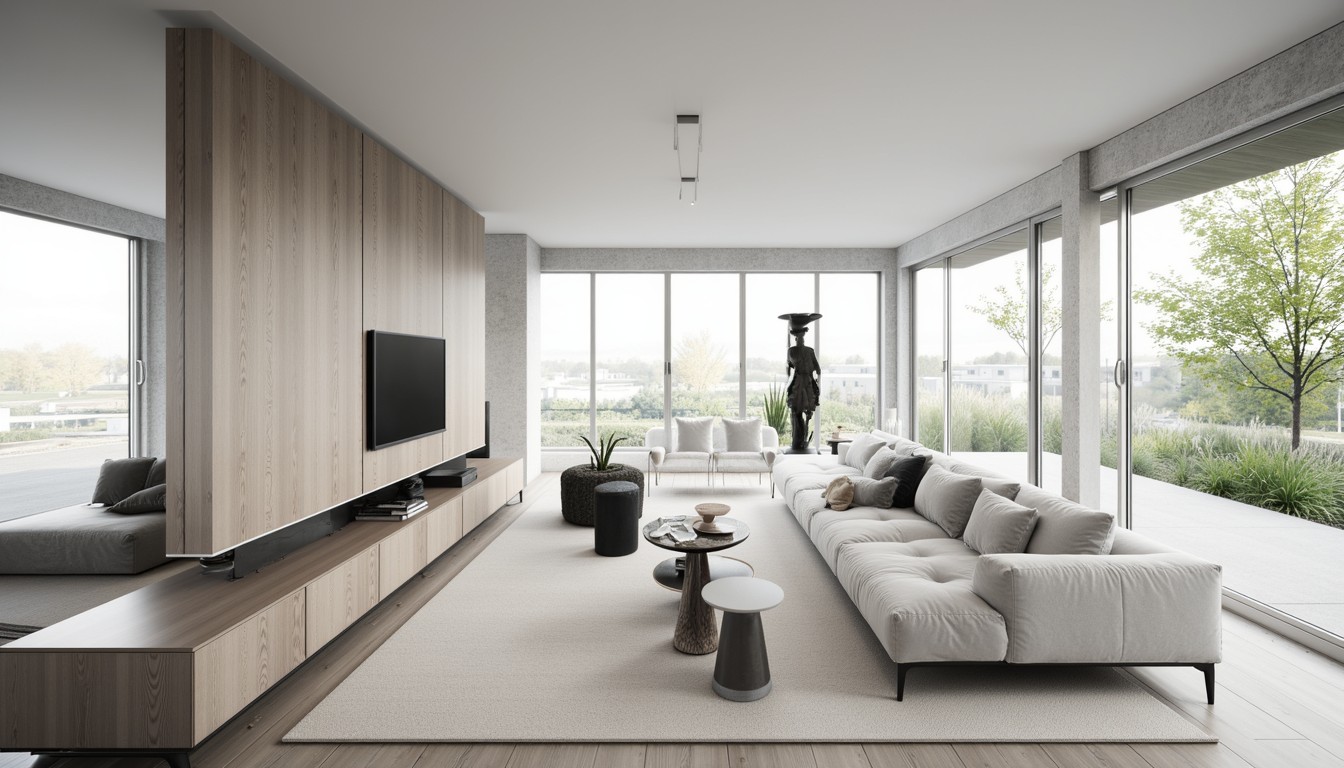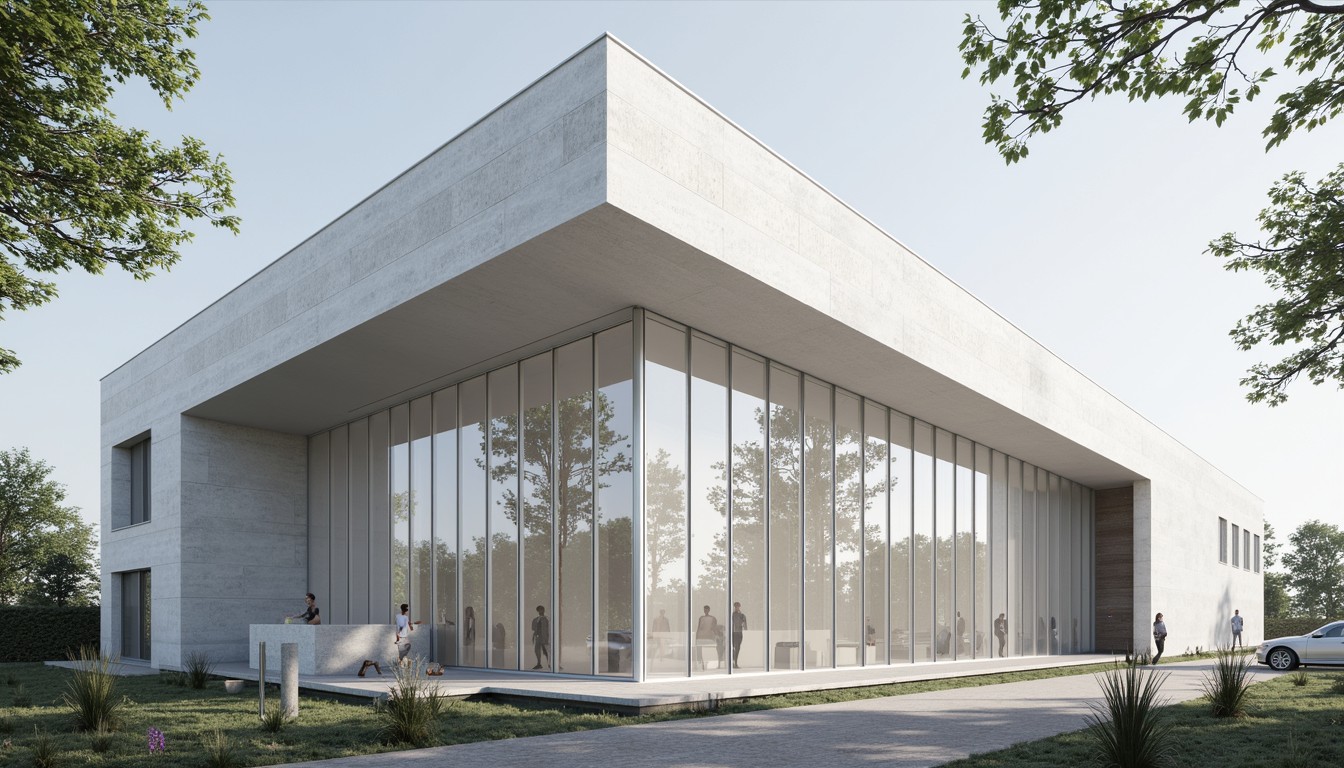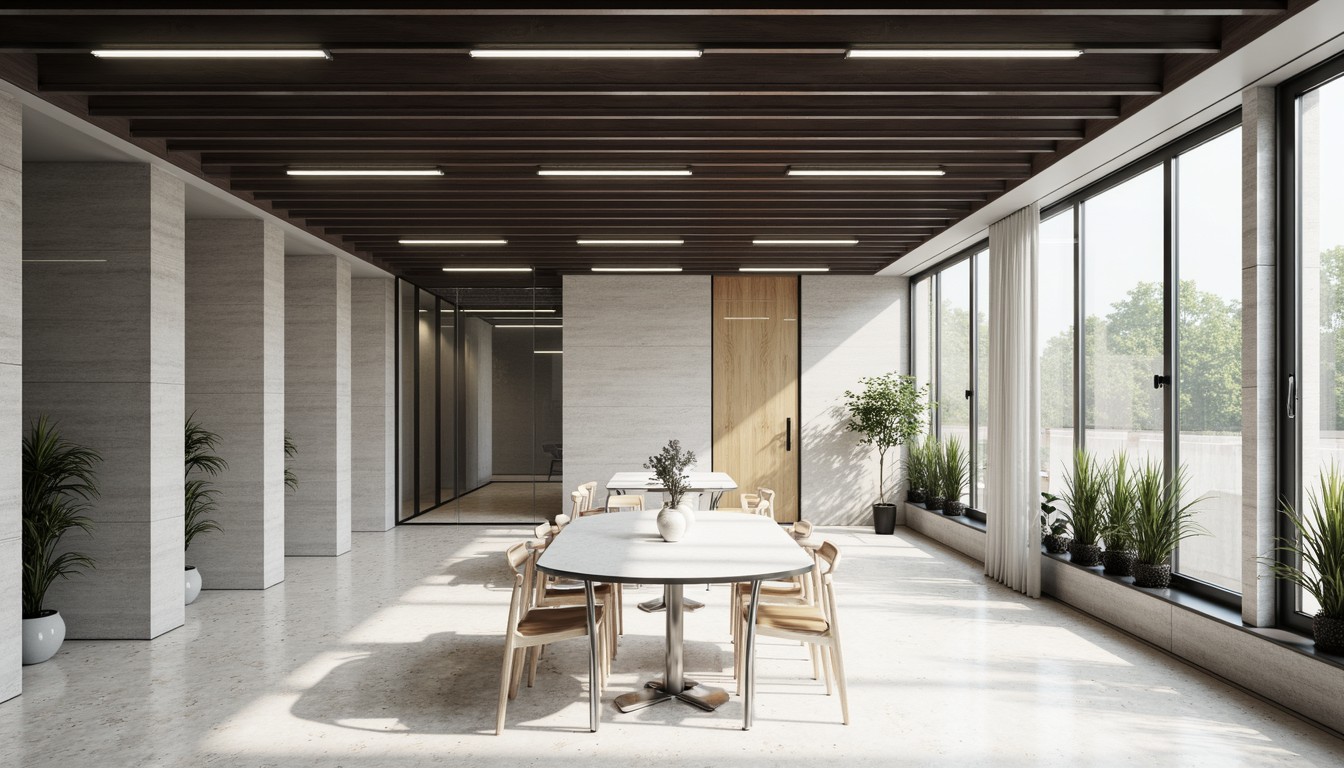AI-Powered Space Planning: A Design Revolution
The architectural landscape is undergoing a dramatic transformation, fueled by the rapid advancements in artificial intelligence (AI). No longer a futuristic concept, AI is actively reshaping how architects and designers approach space planning, leading to a revolution in efficiency, creativity, and client satisfaction. This article delves into the exciting world of AI-powered space planning, exploring its capabilities, benefits, and real-world applications.
Understanding AI in Space Planning

AI in space planning utilizes sophisticated algorithms and machine learning to analyze vast datasets, including building codes, client preferences, project requirements, and existing spatial data. This powerful combination enables architects to generate multiple design options, optimize layouts for functionality and aesthetics, and predict potential challenges before construction even begins. Key AI functionalities include:
- Automated Layout Generation: AI can automatically generate multiple floor plans based on specified parameters, saving significant time and effort compared to manual drafting.
- Space Optimization: Algorithms analyze space utilization, identifying areas for improvement and suggesting optimal furniture placement and workflow designs.
- 3D Modeling and Visualization: AI enhances 3D modeling by automating tasks like texture mapping and lighting simulations, creating realistic and immersive visualizations.
- Predictive Analysis: AI can predict potential issues, such as traffic flow bottlenecks or inadequate natural light, allowing for proactive design adjustments.
- Client Preference Integration: AI systems can learn from client feedback and preferences, refining design iterations to better align with individual needs.
Benefits of AI-Powered Space Planning
The integration of AI offers a multitude of advantages for architects and their clients:
- Increased Efficiency: Automation streamlines the design process, reducing the time spent on repetitive tasks and allowing architects to focus on creative problem-solving.
- Improved Accuracy: AI minimizes human error, ensuring precise measurements, compliance with building codes, and optimized spatial relationships.
- Enhanced Creativity: By generating diverse design options, AI sparks innovation and allows architects to explore unconventional solutions.
- Cost Savings: Early identification of potential issues and optimized designs can significantly reduce construction costs and material waste.
- Better Client Collaboration: Interactive AI tools enable seamless communication and collaboration between architects and clients, leading to greater client satisfaction.
- Sustainable Design: AI can facilitate the creation of environmentally friendly buildings by optimizing energy efficiency, minimizing material use, and maximizing natural light.
Real-World Applications

AI-powered space planning is already making a significant impact across various sectors:
- Residential Design: AI helps create personalized home layouts that meet individual family needs and preferences.
- Commercial Spaces: AI optimizes office layouts for increased productivity and employee well-being, considering factors like team dynamics and workflow.
- Healthcare Facilities: AI aids in designing efficient and patient-centric healthcare spaces, optimizing workflow and ensuring compliance with infection control regulations.
- Educational Institutions: AI helps create flexible and engaging learning environments that adapt to changing pedagogical approaches.
Challenges and Considerations
While AI offers immense potential, it's crucial to acknowledge certain challenges:
- Data Dependency: AI algorithms require large datasets for effective training, and the quality of data directly impacts the accuracy of results.
- Computational Resources: Running sophisticated AI models can require significant computational power, potentially increasing costs.
- Ethical Considerations: Concerns about data privacy and algorithmic bias need careful consideration and mitigation.
- Human Oversight: AI should be viewed as a tool to augment, not replace, human creativity and judgment. Architects need to maintain oversight of the design process.
ArchNav's Expertise in AI-Powered Visualization

At ArchNav, we understand the transformative power of AI in architectural visualization. We leverage cutting-edge AI technologies to create breathtakingly realistic renderings and immersive virtual tours. Our expertise extends beyond simple visualization; we integrate AI into the entire design process, from initial concept to final presentation, ensuring seamless integration and maximum efficiency. We help architects and designers harness the power of AI to create innovative, sustainable, and client-centric spaces.
Conclusion
AI-powered space planning is revolutionizing the architectural industry, offering unprecedented opportunities for efficiency, creativity, and client satisfaction. By embracing this technology, architects can unlock new levels of design innovation and deliver exceptional results. Partner with ArchNav, a leader in AI-powered architectural visualization, to experience the future of design today.
